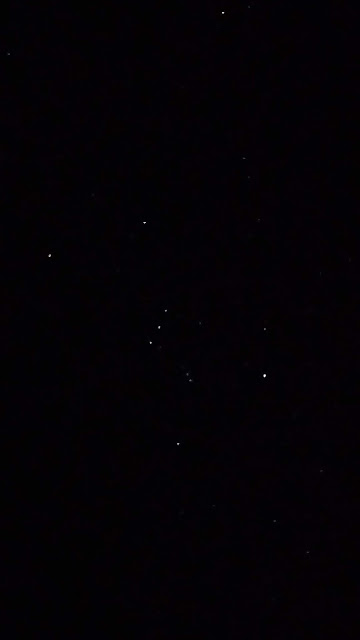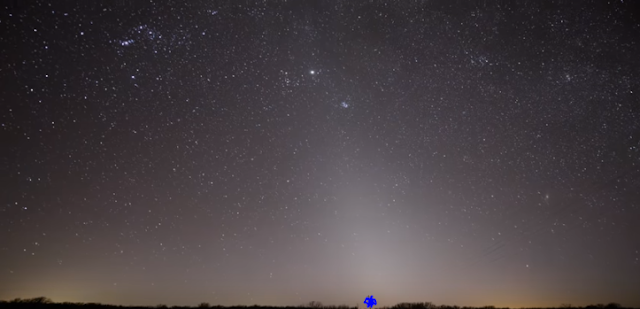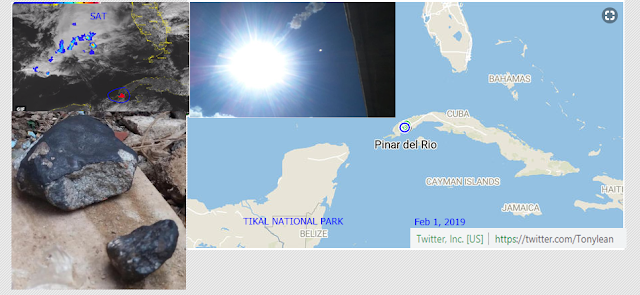Edmond Halley English astronomer, geophysicist, mathematician, meteorologist, and physicist

Edmond Halley figures in the early history of the Royal Society, an English astronomer, geophysicist, mathematician, meteorologist, and physicist, known for the comet named after him, whose periodicity he accurately calculated. In 1676, Halley visited the south Atlantic island of Saint Helena and set up an observatory with a large sextant with telescopic sights to catalog star catalog of the southern hemisphere and visit astronomers in France and Italy. While there he observed a transit of Mercury across the Sun and realized that a similar transit of Venus could be used to determine the absolute size of the Solar System. In 1679, Halley published the results from his observations on St. Helena as Catalogus Stellarum Australium which included details of 341 southern stars. In September 1682 he carried out a series of observations of what became known as Halley’s Comet, though his name became associated with it because of his work ...



